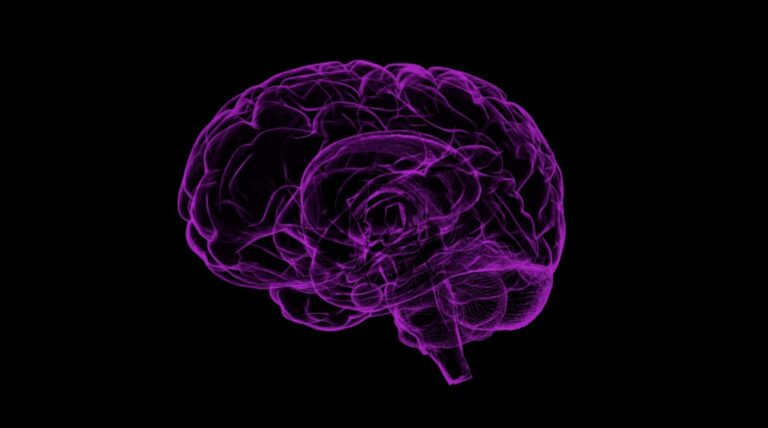For the first time, scientists have created a liquid ink that can be printed directly onto a patient’s scalp to monitor brain activity. This technology, described Cell Biomaterials, presents a less intrusive alternative to traditional electroencephalography (EEG) methods and holds promise for revolutionizing both clinical diagnostics and brain-computer interface (BCI) applications.
“Our innovations in sensor design, biocompatible ink, and high-speed printing pave the way for future on-body manufacturing of electronic tattoo sensors, with broad applications both within and beyond clinical settings,” said Dr. Nanshu Lu, co-corresponding author of the study and researcher at the University of Texas at Austin.
The Problem with Traditional EEG
EEG is a vital tool for diagnosing neurological conditions such as epilepsy, brain injuries, and seizures. However, the process can be challenging as technicians must painstakingly mark the scalp. Electrodes are then glued to these spots with conductive gel to ensure electrical contact with the scalp. This process can take up to an hour, creating delays in clinical workflows and adding stress for patients.
To make things more complicated, EEG requires patients must remain still for extended periods, which can be difficult for children or those with neurological conditions that cause involuntary movements.
Traditional EEG systems also rely on bulky equipment, including large machines and long wires connecting electrodes to data-collection devices. This setup limits portability and accessibility, making EEG testing more impractical in non-clinical or remote settings.
Other challenges include the sensors used in the EEG system. The adhesive gels that secure conventional electrodes degrade over time, leading to the deterioration of signal quality. In more extended tests, such as those monitoring epilepsy or sleep disorders, the gel may dry out, causing electrodes to lose contact with the scalp. This can result in inaccurate data or the need for re-application mid-test, further prolonging the process.
The Promise of E-Tattoos


Dr. Lu and her team have been advancing electronic tattoo (e-tattoo) technology for years, developing skin-mounted sensors for measuring everything from heart activity to sweat composition. Traditional e-tattoos are transferred onto hairless areas of the body using adhesive materials, but this approach proved ineffective on hairy skin, such as the scalp.
“Designing materials that are compatible with hairy skin has been a persistent challenge in e-tattoo technology,” Lu says.
To overcome this limitation, the researchers developed a liquid ink composed of conductive polymers. This ink can flow through the hair to adhere directly to the scalp, forming a thin-film sensor once dried. These sensors accurately detect brainwaves without glue, gel, or invasive wiring.
Using a computer algorithm, the researchers determine electrode placement on the scalp and employ a high-speed inkjet printer to apply the ink. The process is quick, painless, and contact-free, eliminating the discomfort associated with traditional EEG setups.
The team tested the technology on five participants with short hair, printing e-tattoo electrodes onto their scalps alongside conventional EEG electrodes for comparison. The e-tattoos matched the performance of traditional electrodes in detecting brainwaves but with added stability and longevity. After six hours, many conventional electrodes began to fail as their gel dried out, leading to degraded signal quality. The e-tattoos, by contrast, maintained stable connectivity for over 24 hours.
Looking ahead, the team plans to embed wireless transmitters into the e-tattoos, enabling fully wireless EEG monitoring.
A New Frontier in Brain-Computer Interfaces
This technology could also transform brain-computer interface devices, which enable users to control external systems using brain activity. Current systems rely on bulky headsets, limiting their usability. E-tattoos offer a lightweight, user-friendly alternative by printing electronics directly onto the scalp.
“Our study can potentially revolutionize the way non-invasive brain-computer interface devices are designed,” said co-author Dr. José Millán of the University of Texas at Austin.
The e-tattoo ink not only makes EEG testing more accessible and comfortable but also lays the groundwork for innovations in wearable electronics, neuroscience, and medical diagnostics. With further refinement, this cutting-edge technology could redefine how we interact with the brain in clinical and everyday settings.
Kenna Hughes-Castleberry is the Science Communicator at JILA (a world-leading physics research institute) and a science writer at The Debrief. Follow and connect with her on BlueSky or contact her via email at kenna@thedebrief.org

